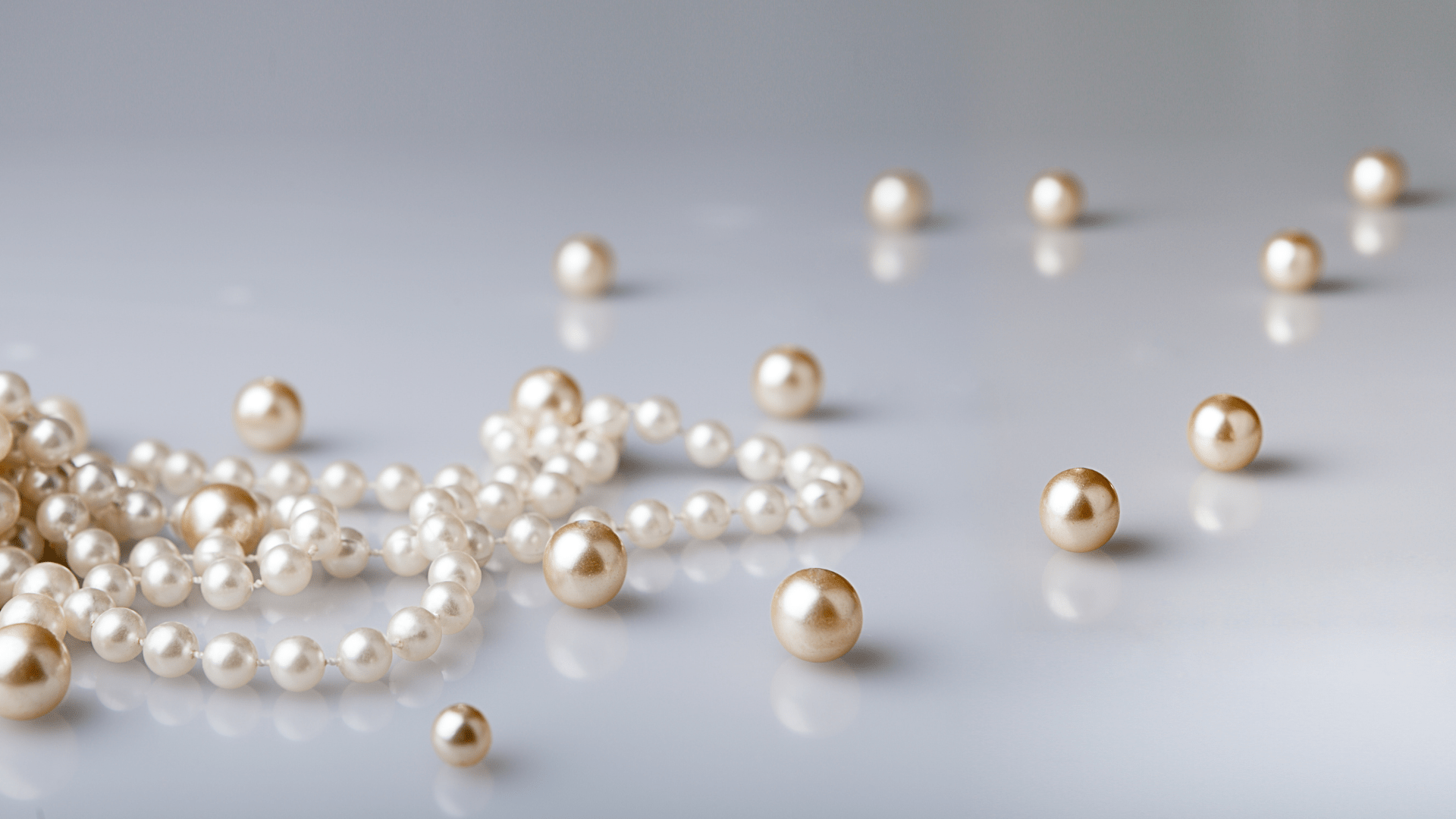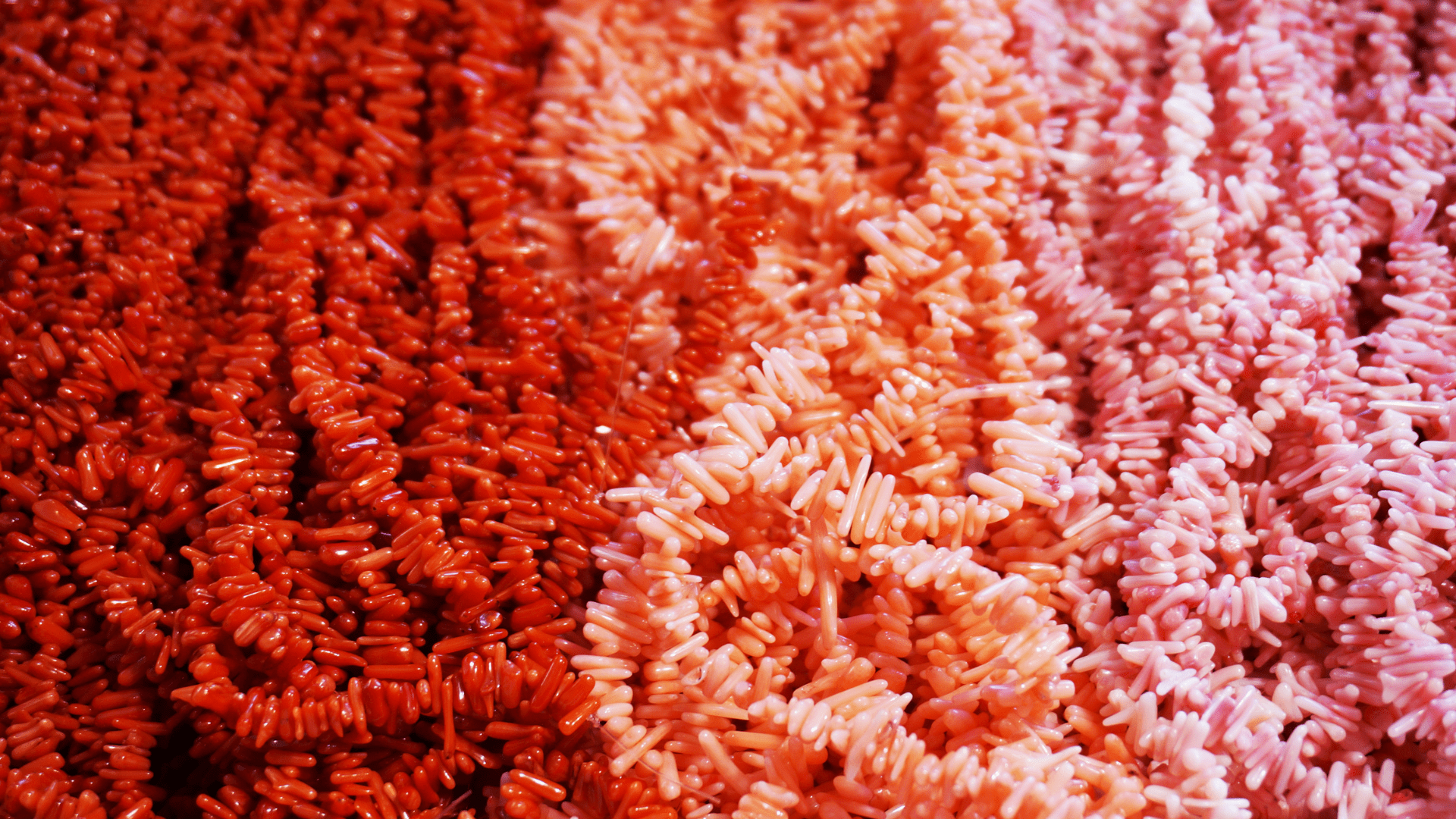No products in the cart.

The Magic of Pearls: What You Need to Know About Pearls
For centuries, pearls have been a symbol of elegance and refinement, admired for their natural luster and harmonious shape. In this article, we will explore everything there is to know about pearls, from their origins to the various types, to tips on recognizing authentic pearls and how to care for them.
How are Pearls Formed?
Pearls are formed inside oysters or other mollusks when an irritant substance, such as a grain of sand, enters their interior. In response, the oyster secretes layers of nacre, a lustrous substance that envelops the irritant and, over time, forms a pearl.
Cultured Pearls vs. Natural Pearls
Natural pearls are rare and form without human intervention, making them extremely valuable. Cultured pearls, on the other hand, result from a process introduced by humans, where a nucleus is implanted in the oyster to initiate pearl formation. Although less rare than natural pearls, cultured pearls can be equally beautiful.
Authenticity of Pearls
To determine if a pearl is authentic, you can perform the tooth test: gently rub the pearl against the surface of a tooth. If it feels slightly rough, it is likely authentic; if it is very smooth, it may be synthetic. Additionally, authentic pearls are generally cool to the touch at first and warm up slowly with skin contact.
Pearl Evaluation
Pearls are evaluated based on five main criteria: luster, surface, shape, color, and size. Luster is the most important aspect, as it indicates the quality of the pearl’s reflection.
Caring for Pearls
Pearls require special care. They should not be exposed to chemicals such as perfumes or hair spray and should be stored separately from other jewelry to avoid scratches. It is advisable to clean them with a soft cloth after each use.
Types of Pearls
There are several types of pearls:
– Akoya: Known for their perfectly round shape and intense luster.
– Tahitian: Noted for their natural black color and larger sizes.
– South Sea: Valued for their large size and warm colors.
– Freshwater Pearls: Generally more affordable and available in a variety of shapes and colors.
Wearing Pearls Daily
Pearls can be worn daily, but it is important to handle them with care. Avoid activities that could expose them to bumps or abrasive substances.
Cost of Pearls
The price of pearls varies widely depending on type, size, and quality. Freshwater pearls are generally more affordable, while Tahitian pearls and South Sea pearls are among the most expensive.
Pearls offer a versatile and timeless jewelry option suitable for any occasion. Understanding their varieties, how to evaluate them, and how to care for them can help jewelry enthusiasts make informed investments and further appreciate these extraordinary gifts from the sea.



